In my previous post, I looked at some of the ways in which a prop can add some real value to a presentation. In this post, I provide 10 tips when it comes to using props. For most of the tips, I have added a video clip of a speech or presentation that shows the idea in action.
1. The prop must be relevant to the message
It might seem axiomatic, but without question, this is the most important rule for using props. If the prop does not contribute to the objective of your speech or presentation, you should not use it.
Jill Bolte Taylor used a human brain during her talk about her stroke and the insights into life that she gained from it (2:30-3:45). The prop was effective because it gave the audience a very visual, very memorable sense of the basic structure of the brain, which was important for the talk.
2. Make sure the audience can see the prop
The larger the audience, the more care you must take to ensure that everyone can see the prop. It is frustrating for those who are sitting at the back if they cannot see it. Even for small audiences, a speaker must be sure that people can see the prop. Hold it up high enough and long enough so that people can get a meaningful look.
In this talk by Bruce Aylward, which I analyzed here, Bruce used a very small prop in front of a very large audience to open his talk (0:35 – 0:55). It worked because a video of Bruce was being projected on a large screen and Bruce held up the vial long enough so that people could get a good look.
3. Use the right number of props
If you use more props than is appropriate for your presentation, there is a risk that it will come across as Vaudevillian rather professional. There is no “right” number of props to use, though in many cases, one will suffice. It depends on a number of factors such as the amount of time you have, the nature of the props, whether the props are related, etc. No two speeches are exactly the same and each requires its own “recipe” to turn out right. Use props the way you would use spices when cooking—judiciously, to enhance the flavour, not overpower it.
Daniel Kraft gives a terrific presentation in which he convey an incredible amount of information about harvesting bone marrow. In addition to video and PowerPoint slides, Kraft—whose speech I analyzed here as part of my series on the book Made to Stick—used five props in four minutes. But he used them well.
4. Make sure the prop works
The more complicated the prop, the greater the chance that something can go wrong. Test it, test it and then test it again beforehand. This is especially important if the prop forms a key part of the presentation; for example, if it is an invention that you are revealing to the public.
In this TED Talk, Markus Fischer shows his audience (starting at 2:00) a robot. It looks and flies like a real bird and is truly remarkable. There is a lot that could have gone wrong with this prop (including crashing into the audience!) but it worked like a charm (twice). I have no doubt that Markus and his team tested it over and over before the presentation.
5. Have a backup in case the prop doesn’t work
Many props are simple items with few or no moving parts. The chances that they will not work are next to zero. But what about complicated props like the robotic bird above? Or what if you forget or lose your simple prop? Can you adjust? Do you have a backup plan?
In the video above, everything worked well. But to be on the safe side, I would have had a video of the robotic bird flying just in case something went wrong with the live presentation. Perhaps Markus Fischer did have such a video. We can’t be sure because he didn’t need it. But it would be a nice insurance policy to have.
6. Be completely comfortable with the prop
The speaker must be comfortable in handling the prop from start to finish. This means revealing the prop, handling it, operating it (if applicable), putting it away and, of course, speaking about it.
For a memorable example of the need to be comfortable with a prop, this speech by Chris Bishop certainly fits the bill. The prop is fittingly referred to as the “swinging ball of death”. If you watch the short video below, you’ll know why. (My thanks to Max Atkinson for brining this clip to my attention.)
7. Keep the prop hidden until you need it
Now this is more easily done with small props that you can keep in your pocket or behind the lectern. However, it might be possible with larger props if you have a big stage with a back curtain or wings. There are two advantages with keeping the prop hidden: it will not distract the audience while you are talking about something else; and the impact of the prop will be greater if it is only seen when you reveal it.
When I participated in the 2009 Toastmasters District 59 Humorous Speech Contest, my speech was a good-natured spoof about men evaluating their wives’ ability to argue. At one point, I talked about how when they yell at their husbands, wives have to remember not to go on and on. In Toastmasters, a red card is universally recognized as the sign that you have to wrap up your speech.
I found a way to incorporate this into the speech (5:30 – 5:40). I used a red card as a prop, but kept it hidden until I needed it. The card had the intended effect.
8. Build anticipation for the prop
Doing so will focus the audience’s attention and give the prop greater impact when it is revealed. Of course, this requires the right choreography and the prop needs to live up to the expectation that you create; however, when done well, the effect is powerful.
A classic example of this technique was when Steve Jobs revealed the MacBook Air for the first time. Note how he used the comparison with the Sony notebook to build up interest and expectation. And having the MacBook Air in “one of those envelopes we’ve all seen floatin’ around the office” was a stroke of genius.
9. Be creative with your props
I’ve written elsewhere about the importance of being creative when it comes to preparing a presentation and the same holds true for props. With thousands of objects from which to choose, use your imagination. Try to think of unusual props that would have a real impact on your audience. Think about metaphors or analogies for the points you are trying to make and then look for the relevant item. It might be as close as your kitchen cupboard.
Bill Gates’ releasing mosquitoes in the TED auditorium while delivering his talk about malaria was brilliant (5:10 – 5:35). It was creative, unexpected and definitely grabbed the audience’s attention.
10. Put the prop away when you finish with it
Unless you will need to refer to the prop again, I recommend putting it away (or at least to the side) once you are finished using it. Otherwise, the prop could be a distraction for the rest of your talk.
In most of the videos above, the speakers put the props away or had assistants take them away when they were finished.
The next time you want to add a little “oomph” to your presentation, consider using a prop. If you do, the tips above will help you get the most out of it.


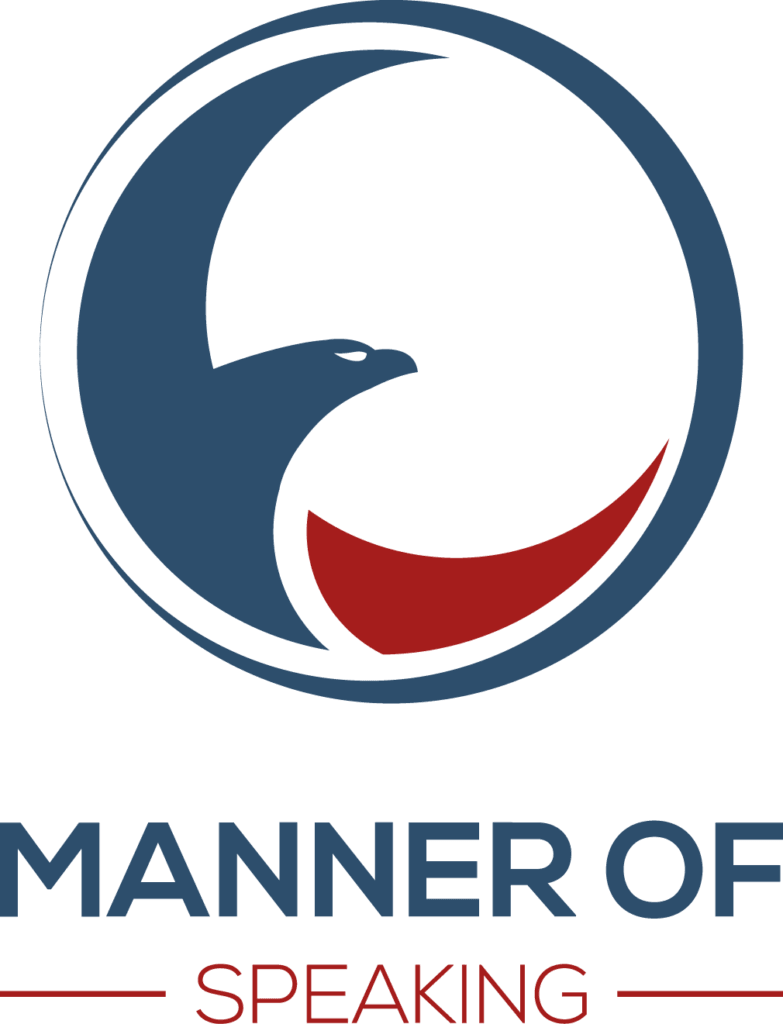




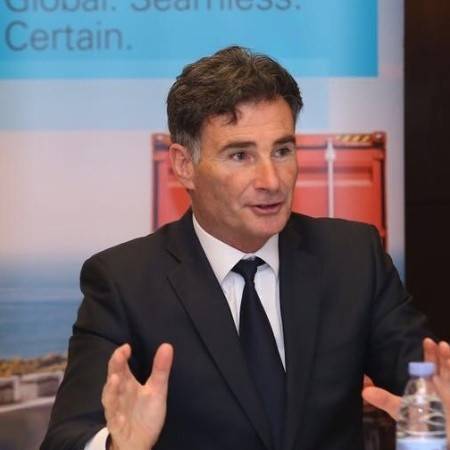


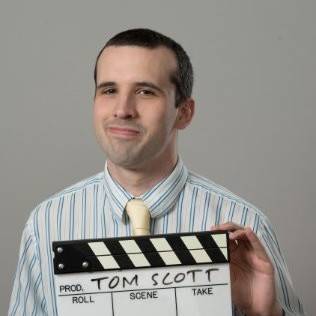
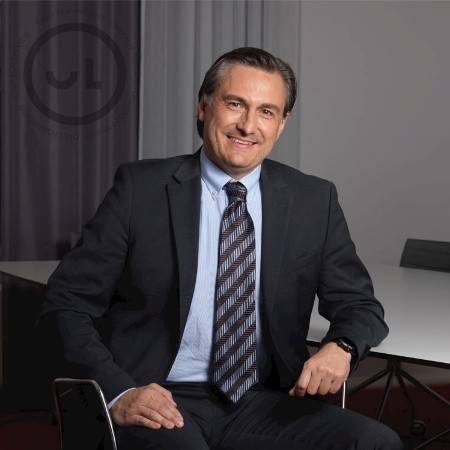


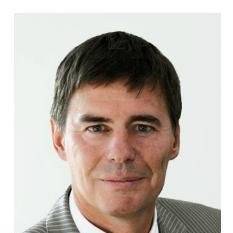

John,
Don’t know what to say really. A benchmark post, the definitive article on using props in speeches and presentation… Lost for words really. I loved it and I’m straight over to my new love, Twitter, to shout it out loud. Brilliant piece of work John.
Just wondering which bits I can steal. LOL
Thanks a lot for the comment, Keith. Very much appreciated. Don’t know if it’s the “benchmark” on the subject, but nice of you to say so.
John
Hi John,
What a great article, thanks 🙂
I have recently done a 10-minute presentation at a local networking group, and did a ‘show and tell’ time. I had a bag with 4 items, took them out one at a time, spoke about them for a few minutes each and then put them to one side. It was the first time anyone had done this, and without a PPT in sight; it went down really well. After reading your tips, I am tempted to make more of this idea and maybe structure future guest speaker events like this. have one prepared with simple PPT slides, but this could easily be tweaked to use props instead.
You have inspired me, thank you!
Sue
Hi Sue,
Thanks very much for the message and congratulations on having the courage to try something new with your speeches. I am glad that your audience appreciated your effort. If my post has, in some small way, inspired you to try using props in future speeches, then I am glad and wish you the best of success.
Cheers!
John
Hi John,
Very good post. Our club contest is this week and your earlier post on props led me to the conclusion that my humorous speech could be better with some props.
Thanks for your posts — and that they are frequent.
Best regards,
John
Hi John,
Thanks very much for the comment. I’m glad that you found the posts props useful. The best of success to you in your Club Contest! Ours is tomorrow evening; I will be the Contest Chair for the Humorous Speech and a judge for Table Topics. Looking forward to it.
Cheers!
John
Great tips. Thanks for these, John.
Thank you, Chris. Glad that you find them useful.
John
This a rare review of Steve Jobs and Bill Gates at the same place.
Thank you for the comment, Martha.
John
And another great article.
Do you know a good word for prop in French? Accessoire de théâtre?
Merci, Barbara. Pour “prop”, je dirais simplement “un accessoire”, sans le “théâtre”.
John
Thanks John – this is a wide-ranging and extremely useful list. Having so many videos really reinforces the tips, too, so kudos for putting it all together.
I have a tip that might be useful for video posts like this: As well as *writing* the time at which something specific happens in a YouTube video (e.g. “5:10 – 5:35”), you can also create a link that sends people straight to that point on the video’s timeline. For details and an example, please see http://remotepossibilities.wordpress.com/2012/06/01/analog-presentation-tips-1-use-a-flipchart/#youtube_tip
Keep up the great blogging!
Thanks very much, Craig. And thanks for the tip. I had discovered it at some point after writing this post and will keep it in mind for future posts.
Cheers!
John
Great post John, as usual you’ve really gone the extra mile. 👏❤️ It will be great to see what people come up with in our open training in Berlin in September during the ‘use a prop’ exercise.
Thanks, Olivia. Yes, always interesting to see what people come up with.